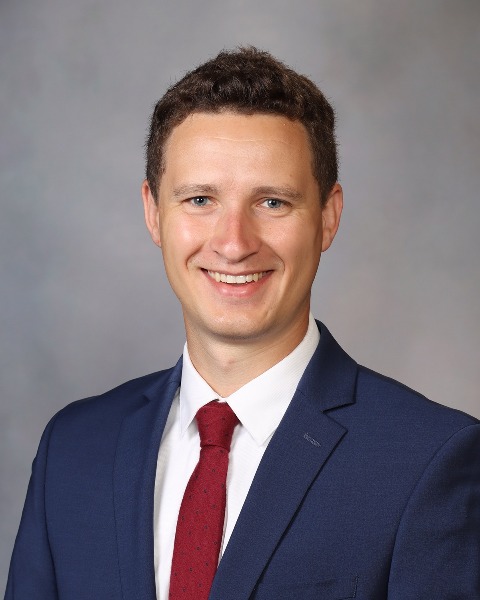SIR 2025
Venous Interventions
Scientific Session
Portal Vein Stenting: Predictors of Stent Occlusion

John Bretzman, MD
Resident Physician
Mayo Clinic, United States- CF
Chad Flemings, MD
Consultant
Mayo Clinic, United States - SG
Sherry Ge, NP
Nurse Practitioner
Mayo Clinic, United States - BK
Blake Kassmeyer, MS
Biostatistician
Mayo Clinic, United States - JA
James Andrews, M.D.
Consultant
Mayo Clinic, United States
Presenting Author(s)
Author/Co-author(s)
Materials and Methods:
IRB approval was obtained. Patients who underwent portal vein stenting at our institution between 3/10/2018 and 12/21/2023 were identified. Repeat stenting procedures were excluded. Descriptive statistics were used to summarize the cohort. Patients who had stent occlusion were identified. Firth’s penalized logistic regression was used to assess which factors contribute to stent occlusion. Odds ratios are presented for assessing the risk of each covariate.
Results:
217 patients met inclusion criteria. Baseline characteristics are summarized in table 1. We identified 44 cases of portal vein stent occlusion. Stenting for pancreatic cancer (OR: 7.17; 95% CI =[1.82, 65.03]; P-Value=0.002), pre-stenting portal vein occlusion (OR: 3.37; 95% CI=[1.60, 7.04]; P-Value=0.002), periportal inflammation (OR: 2.82; 95% CI =[1.39, 5.69]; P-Value=0.004), and robust collaterals post-stenting (OR: 4.27; 95% CI =[1.35, 13.27]; P-Value=0.015) were associated with higher risk of stent occlusion. Stenting after liver transplant (OR: 0.09; 95% CI =[0.00, 0.72]; P-Value=0.016) and cholangiocarcinoma (OR: 0.09; 95% CI=[0.00, 0.72]; P-Value=0.016) were associated with decreased risk of stent occlusion. All other indications for stenting (GI malignancy, hepatobiliary surgery, pancreatitis, radiation), minimal post-stenting collaterals, covered stent placement, residual stenosis >30%, and stenting of only the SMV or splenic vein (rather than main portal vein) were not significantly associated with stent occlusion.
Conclusion:
Pre-stenting portal vein occlusion, robust collaterals post-stenting, periportal inflammation, and pancreatic cancer were found to be statistically significant predictors of stent occlusion. The presence of these factors may help guide follow up and management strategies after portal vein stenting.


.jpg)